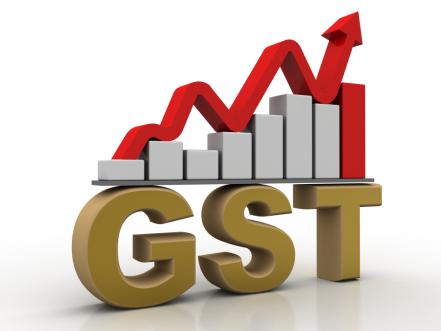Gst And Its Types

Introduction to GST in India: GST stands for Goods and Services Tax, which is a comprehensive indirect tax system applied to the supply of goods and services in India. It was introduced on July 1, 2017, with the aim of replacing multiple indirect taxes like excise duty, service tax, VAT, and others.
Tax Structure: GST in India follows a dual structure, consisting of the Central Goods and Services Tax (CGST) imposed by the central government and the State Goods and Services Tax (SGST) imposed by state governments. Additionally, there is the Integrated Goods and Services Tax (IGST), which is applicable to interstate supplies and imports/exports.
Taxable Event: GST in India is applicable to all forms of goods and services supply, including sale, transfer, barter, exchange, rental, lease, or importation of goods and services conducted during business operations.
Business Registration: Businesses with a turnover exceeding the prescribed threshold are obligated to register under GST. During registration, businesses are issued a unique Goods and Services Tax Identification Number (GSTIN).
Tax Rates: GST in India has different tax rates for various goods and services, categorized into four primary slabs: 5%, 12%, 18%, and 28%. Some essential items like food grains, books, and healthcare services may be exempt or subject to a lower tax rate.
Input Tax Credit (ITC): One of the advantages of GST is the availability of input tax credits. Businesses can claim credit for the GST paid on their purchases or inputs. This credit can be used to offset the GST liability on their outward supplies, preventing the cascading effect of taxes and promoting the concept of "tax on value addition."
Return Filing: Registered businesses are required to regularly file GST returns to report their inward and outward supplies and calculate their tax liability. Returns can be filed online through the Goods and Services Tax Network (GSTN) portal. Different types of returns are applicable based on the nature of the taxpayer's business.
Compliance & Enforcement: GST in India is supported by a robust technology infrastructure that tracks transactions, minimizes tax evasion, and ensures compliance. Businesses must maintain proper records, issue tax invoices, and adhere to GST regulations.
Types of GST in India:
-
Central Goods and Services Tax (CGST):
- Levied on the intra-state supply of goods/services by the central government.
- Governed by the Central Goods and Services Tax Act of 2017.
- Revenue generated from CGST is retained by the central government.
-
State Goods and Services Tax (SGST):
- Imposed on the intra-state supply of goods and services by state governments.
- Governed by the respective State Goods and Services Tax Act of each state.
- Revenue generated from SGST is retained by the state government where the supply occurs.
-
Integrated Goods and Services Tax (IGST):
- Tax applied to the inter-state supply of goods/services by the central government.
- Governed by the Integrated Goods and Services Tax Act of 2017.
- Revenue from IGST is shared between the central and state governments based on a prescribed formula.


